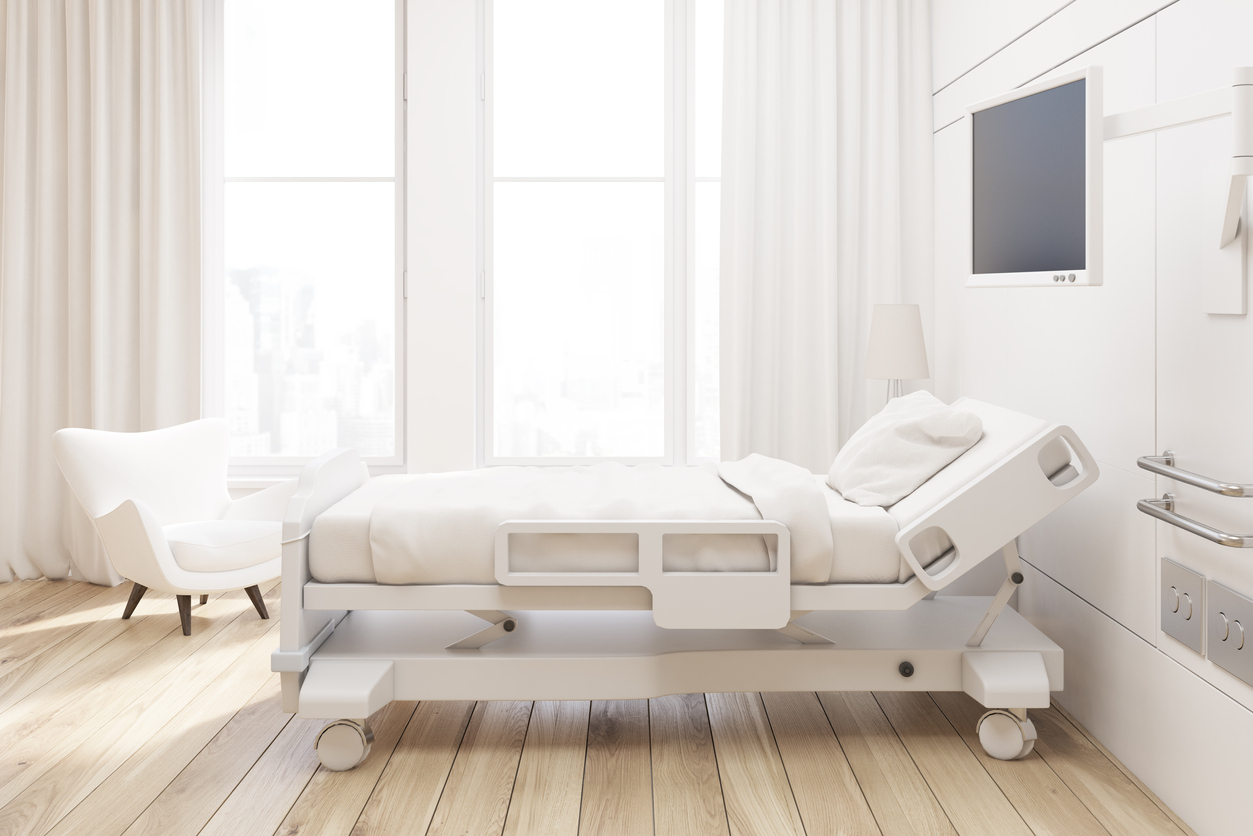Since the enactment of the Affordable Care Act, more health care facilities have embraced value-based health care. The focus on cutting costs, increasing patient satisfaction, improving medical outcomes and reducing re-admittance rates has revolutionized the industry, and has facilities focused on quality care and the patient. Many hospitals, clinics, and outpatient facilities are taking on renovation projects, repurposing existing spaces and replacing outdated equipment to accommodate this new value-based health care model.
Many facilities are also discovering, however, that this is easier said than done. Between navigating the millions of product choices and tracking the hundreds or even thousands of pieces of equipment that need to be staged, delivered and maintained, facilities also need to manage the timeline carefully to avoid disruptions in patient care.
The following are the five biggest pain points that facilities should be aware of before taking on a renovation project.
Product Selection & Purchasing
It’s critical that facilities choose the product that will produce the best possible patient outcome at the lowest cost. While the most expensive product may be appropriate for a major surgery center, it likely isn’t the right fit for a two-doctor primary care office.
For example, there is a large array of refrigerators that facilities can choose from to store vaccines, medication and other items that need to be kept cold. While a hospital may require several industrial-scale refrigerators to accommodate blood storage and the thousands of vaccines it needs to keep in stock, a compact, less expensive refrigerator will work well for a pediatrician’s office. Similarly, facilities that perform surgeries and invasive procedures need to be more concerned about silver-based antimicrobial powder coatings for handrails and other high-traffic areas than an optometrist’s office does.
Purchase orders are another expense that facilities often overlook. Just one can cost up to $125. With one room potentially needing equipment from 20 manufacturers, that adds up if you’re not going through a medical distributor that can help consolidate them.
Product Maintenance
The total cost of ownership of medical equipment is often overlooked. After everything is in place, there are ongoing maintenance, repairs and service or warranty contracts. IT connectivity and other costs related to supporting the new equipment also need to be factored into a budget estimate. Streamlining this process, either internally or through an outside medical distributor, can add significant value. Just by consolidating service contracts, facilities can save millions.
SEE ALSO: Healthcare Equipment - Total Cost of Ownership versus Price
Staging & Assembly
For larger orders, staging equipment in an offsite warehouse makes the delivery process go much more smoothly. Equipment can be grouped together by type and delivery date, which makes tracking the equipment, loading it in the correct order and quickly installing it in the health care facility much simpler.
Pre-assembling the equipment during the staging process saves time and ensures everything is put together correctly. It is more efficient to track, load, and unload equipment that is assembled than it is to manage countless mismatched parts and attempt to put them together on-site. Health care equipment needs to be assembled exactly as intended. The pre-assembly is especially important for smaller facilities that do not have the in-house staff to assemble, once the equipment is delivered.
Receiving & Unloading
Unless a distributor is consolidating the delivery process, facilities often need to receive multiple deliveries from different manufacturers. Small health care offices likely don’t have a receiving department with loading docks, palette jacks, forklifts and other necessary equipment, so special arrangements may need to be made to rent or borrow the equipment prior to delivery.
Facilities also need to consider if additional staff is needed to help unload and carry the equipment to its final destination. You don’t want to resort to asking the anesthesiologist walking by if he can help unload an exam table. Having designated employees to accept the delivery, sign for equipment and coordinate the process also makes it much simpler. If equipment is damaged, this needs to be reported and recorded so the products can be replaced and the appropriate insurance claims filed.
Another issue facility managers often overlook is where to store the equipment once it is delivered. Not everything can be installed immediately, so you need to know how much space you’ll need, based on what is and is not going into storage.
Logistics & Timing
Keeping a renovation, expansion or launch on time and under budget is key. A 20-doctor clinic can lose $125,000 in revenue every day it delays opening. Hospitals can lose closer to $400,000 to $500,000. For facilities that are renovating or adding equipment while still serving patients, deliveries need to be timed so they will cause as little disruption as possible – likely early in the morning, late at night or on weekends.
If you’re planning a launch, expansion or renovation of a healthcare facility and would like to avoid these pain points, consider partnering with a medical equipment distributor that is a turnkey solution. CME has a full staff of equipment specialists who have the product and logistics experience to see your project to completion in a streamlined and cost-effective manner.
About CME: CME Corp is the nation’s premier source for healthcare equipment, turnkey logistics, and biomedical services, representing 2 million+ products from more than 2,000 manufacturers.
With two corporate offices and 35+ service centers, our mission is to help healthcare facilities nationwide reduce the cost of the equipment they purchase, make their equipment specification, delivery, installation, and maintenance processes more efficient, and help them seamlessly launch, renovate and expand on schedule. Contact us today to see how we can help make your next project a success. You can also call us at 800-338-2372.



.png?height=100&name=Cindy%20Headshot%20(2).png)
